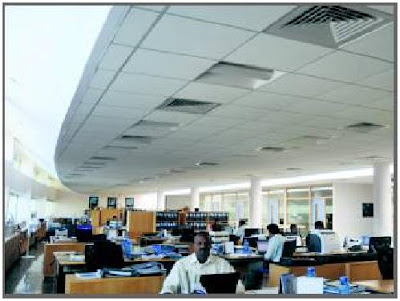Sometime next month, S Muthukrishnan, the principal of Sri Vidhya Academy, will replace his street lights with six solar lamps. “It may be a substantial initial investment but it is worth it. Anyway we end up paying a lot to run our generator whenever there is a power cut. We have a 20 acre campus with plenty of sunlight. So why should we waste it?” he says.
In Coimbatore, the Monarch International School uses solar power to electrify its fence as well as for its water heaters. “We found that our electricity bill was just too high and we were looking for alternate sources of electricity whenever there was a power cut. So we opted for solar power,” says Babita Sharma, principal of Monarch. “Of course, the initial investment was high but now we’re seeing the value in it.” She adds that the solar equipment in the school has also ended up forming a practical component of the science studies in school. “When we teach them about solar energy, we have a working example right in front of us,” she says.
At Sri Vidhya Academy too, solar power has become a part of the science syllabus. “We recently bought a solar-powered radio for the school, which we use in our science classes. By the next academic year, solar lamps will also be used,” says Muthukrishnan.
Although schools in Tamil Nadu are just discovering solar energy, with colleges it’s a different story. According to KE Ragunaathan, managing director of Solkar Solar Industry Limited, one of the oldest solar companies in the country, the PSG Group of Educational Institutions has spent around Rs 1.5 crore on its solar systems, which also set up hot water systems at Vel Tech engineering College in Avadi. “A solar hot water system can cost from anywhere between Rs one lakh and Rs five lakh for an institution, depending on the number of students. However, for a solar heating system, the payback time is less than two years, while for a lighting system it is around five years,” says Ragunaathan.
Other avenues too are being explored in educational institutes. “Wind and hydropower is impractical for schools and colleges but biogas is not and we have found that a number of colleges are opting for it,” says Muralidharan PR, deputy general manager, bioenergy, for the government of Tamil Nadu. “IIT Madras uses biogas for heating water, but I would say the best example would be Kongu Engineering College in Erode. They do not have a septic tank in the college. All the waste generated by the toilets and the kitchen is used to generate energy.”



